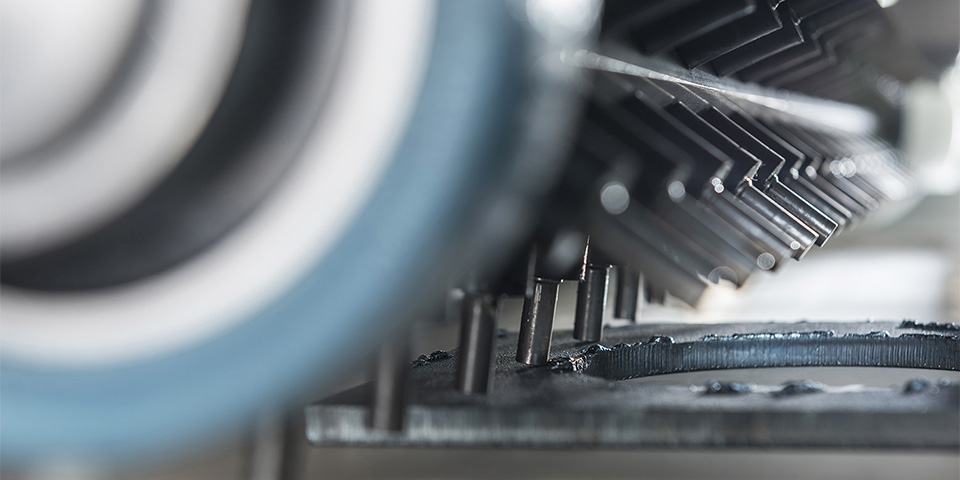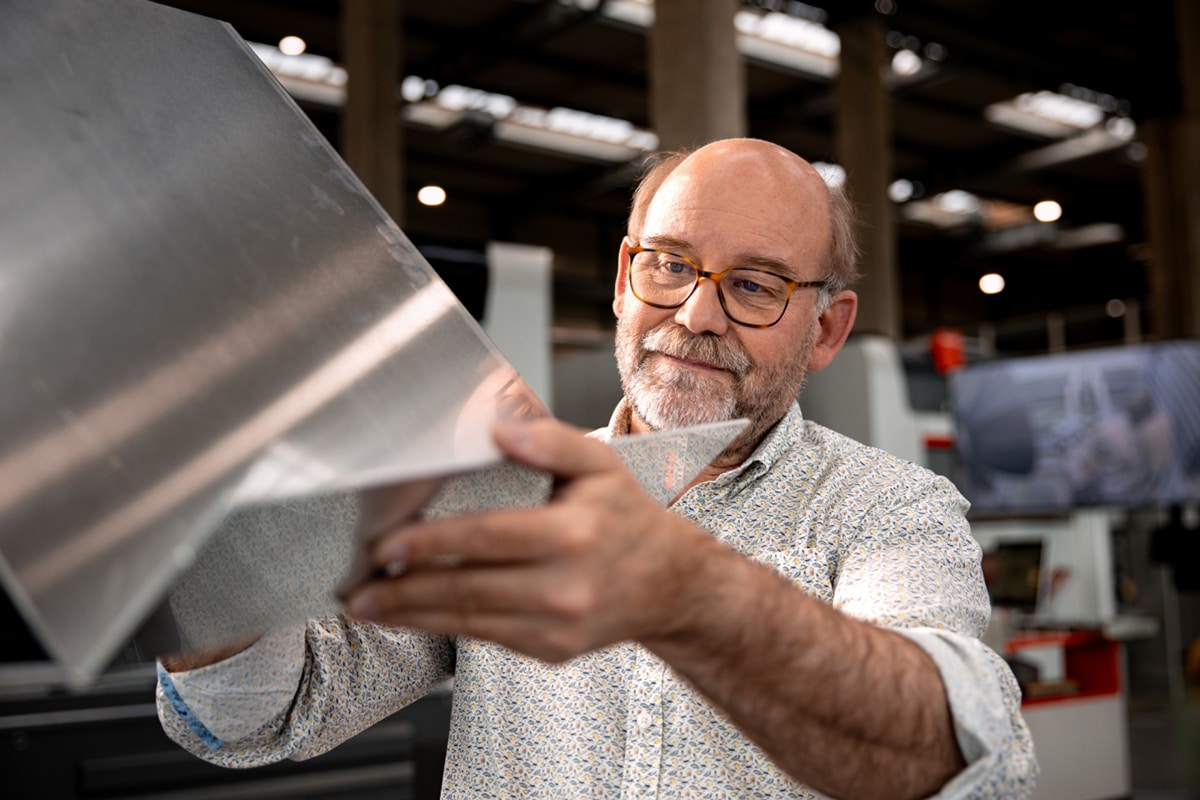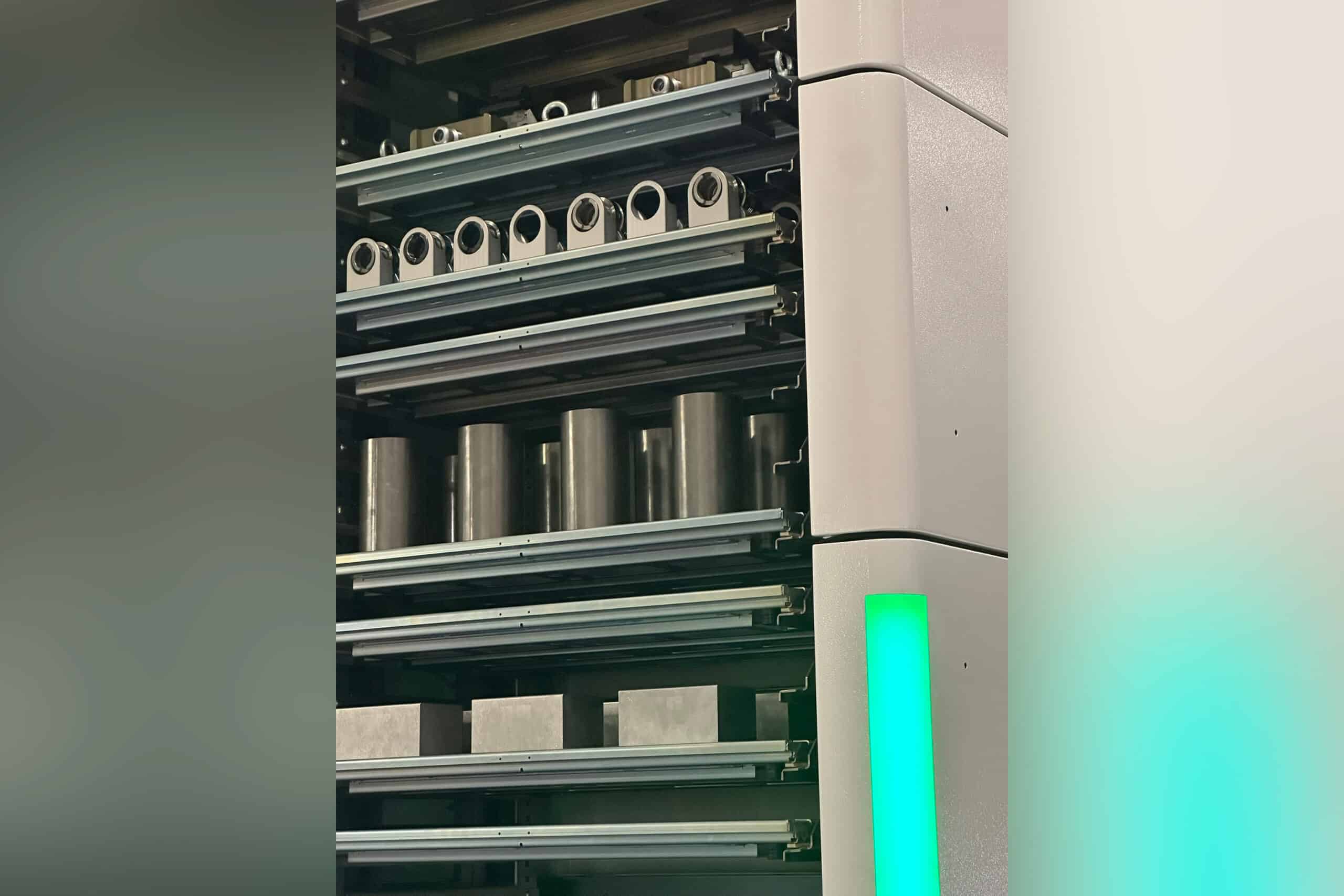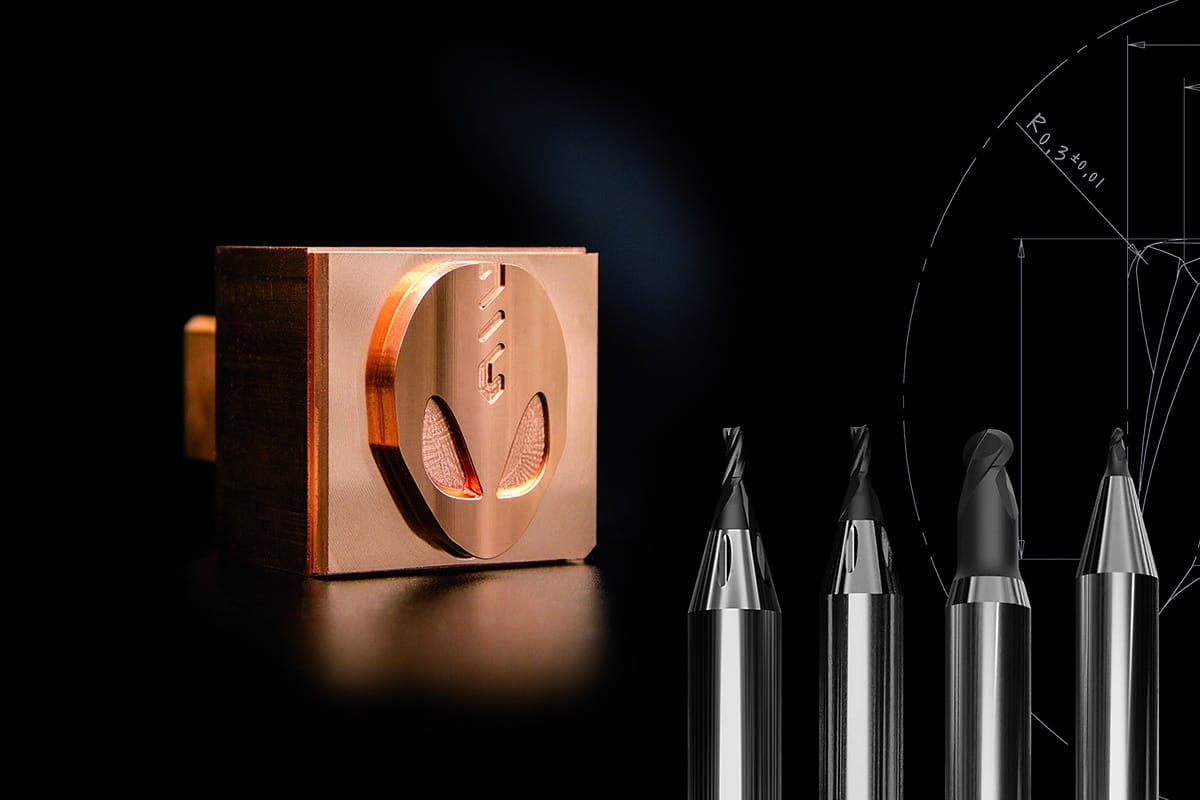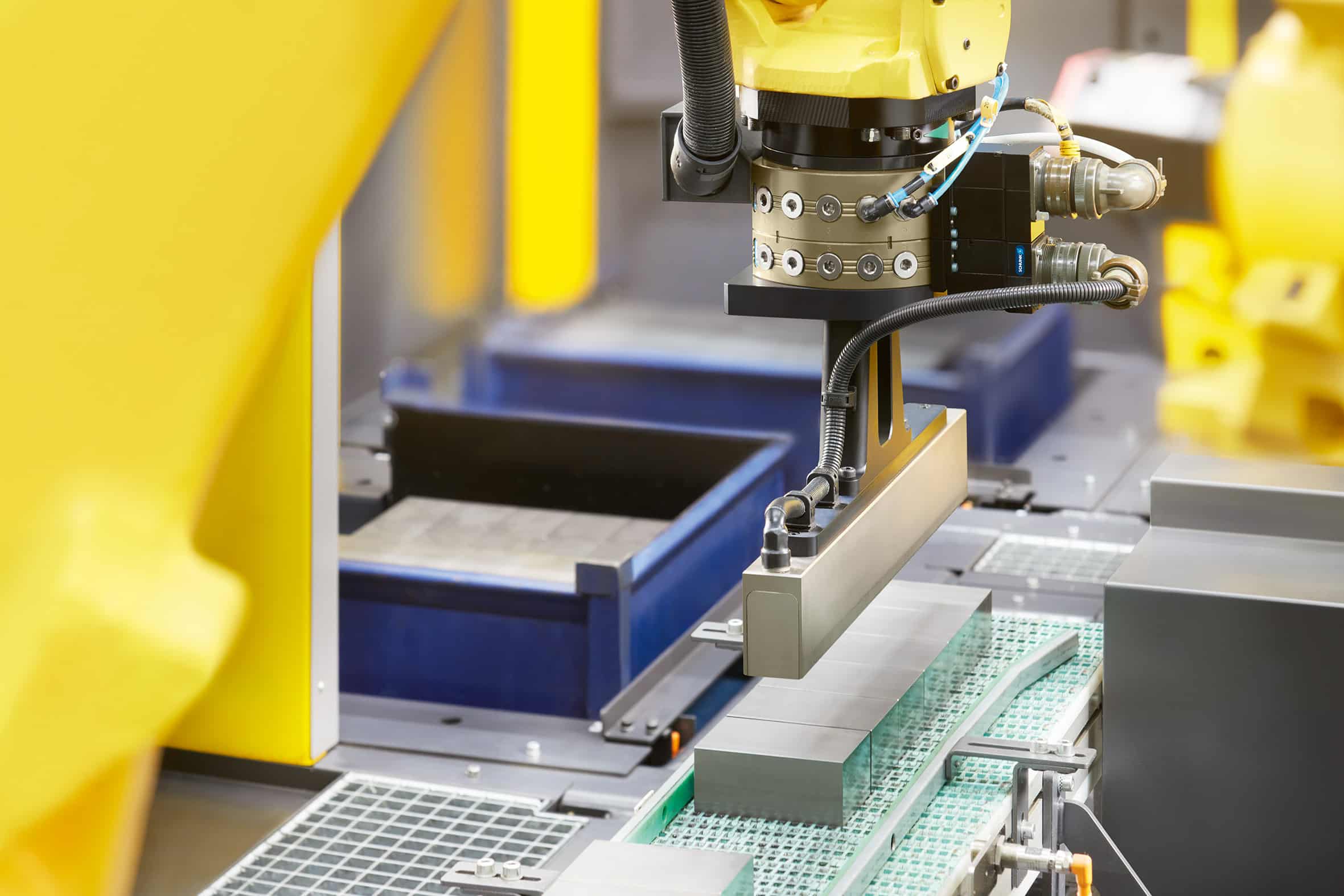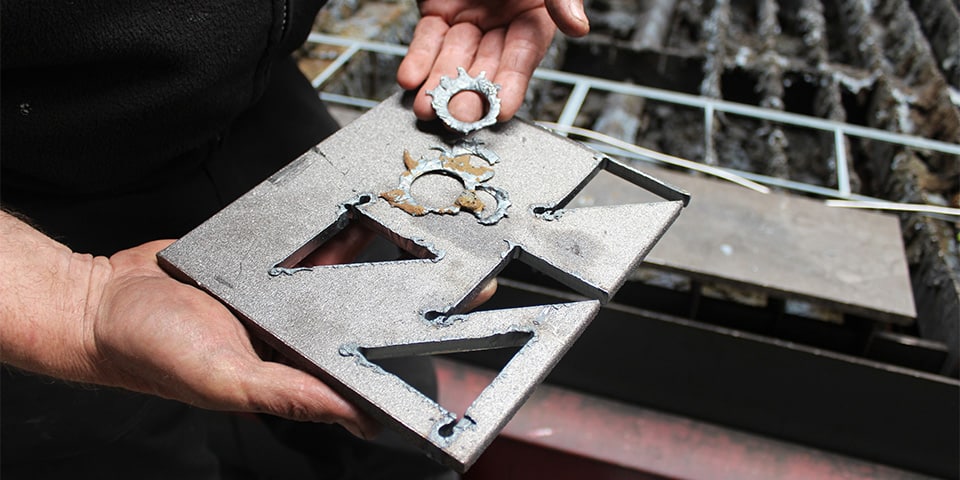
Cleaning steel becomes child's play
Manual tasks cannot all be simply taken over by a machine. At Hanse Staalbouw in Nieuwerkerk, Zeeland, one sees only satisfied faces. The family business, which specializes in the construction of complete commercial buildings in the agricultural, industrial and utility sectors, is always looking for more efficiency. That has been found thanks to the Hammerhead 22 series from Timesavers.
We are talking about a stroke in the processing of semi-finished products. Since September 2018, Hanse has been the first in the world to commission the 22 series machine with Hammerhead aggregate. For the Zeelanders, it was the solution to the slag problem. This residual material can now be removed in a smarter way. Paul Legemaate, equipment manager and responsible for purchasing the machines and issuing the equipment. "It's almost unbelievable but until last year slag removal was still a manual task. With a grinder and a chisel, two people were chipping away all day. Of course you could conclude that an improvement was not a luxury, but ... you just have to find something in the market that offers the solution. There were possibilities; we looked at several potential suppliers but these options were all too extensive. It would require too big an investment. A year and a half ago I was at the Technishow in Utrecht and there I did see a serious option. It was a prototype of the Hammerhead 22 series. I got into a conversation with the company Timesavers from Goes. Admittedly, we already knew this organization to some extent. But we were only now seeing for the first time a machine that did meet our simple requirements. We were invited to visit Timesavers' demo center in Goes."
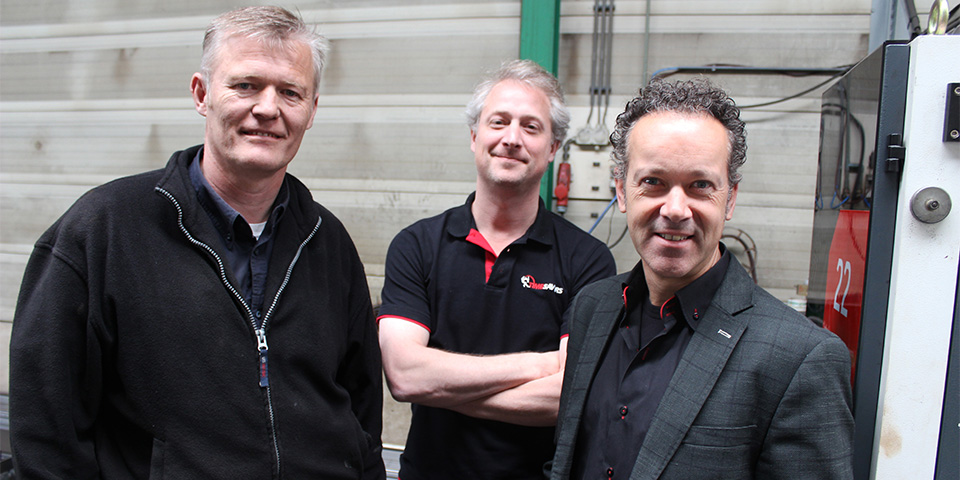
Paul Legemaate (Hanse Staalbouw), Oscar Salet and Peter de Regt of Timesavers.
Simple
Peter de Regt, Area Sales Manager at Timesavers and his colleague Oscar Salet explain that a "morning of trying out" at the Democenter convinced immediately. De Regt: "The process is very simple, the machine is modular. The company Hanse Staalbouw was only looking for a smart automation of removing the slag from the steel. This is done in the Hammerhead with a shaft with pins, which hammers off the slag. On one side of the machine you slide the steel in, on the other side it comes out clean. That's all it is. But it turned out to be of unprecedented value for Hanse Staalbouw - and in the meantime for many more clients." Here the pair refers, among other things, to the fact that practically no fine dust is released anymore. "Moreover, manual operations always ran the risk of certain injuries, due to the vibrations in the hands of the employees. So this machine not only provides speed but also helps reduce absenteeism. In addition, you can also include the tightness of the labor market in this consideration: young people don't really want to do dirty or risky work anymore. Well, that is no longer the case with this act in cleaning steel. It is becoming more accessible, more enjoyable and more common. So actually - if you include such a machine in your processes - you are also doing good employment."
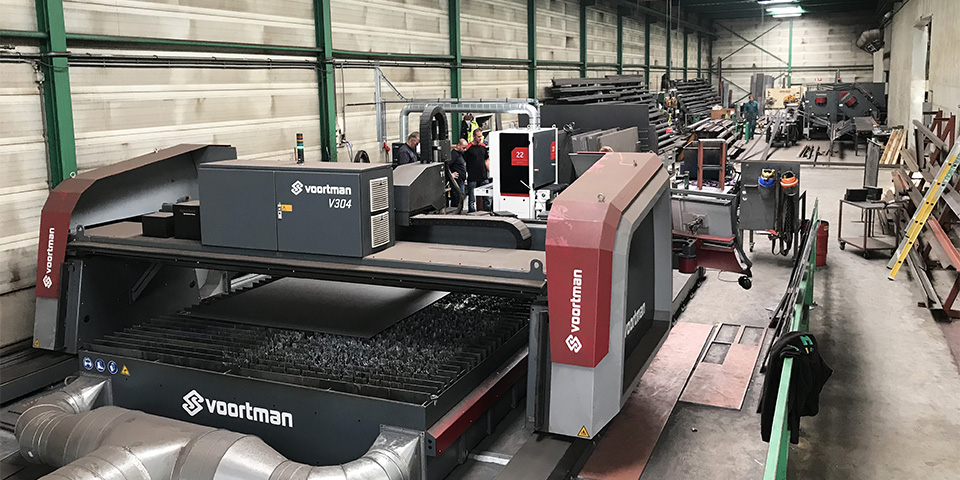
A look at the 22 series Hammerhead.
Longevity
De Regt estimates that this machine can last a long time without any problems. Dry-running machines last a long time. After all, there are still many Timesaver machines in use that are 30 years old. "The parts you need at some point for possible replacement or maintenance of the machine will always be available." Salet explains that the Nieuwerkerk company has become a very representative reference. "Indeed, I believe that with the introduction and success of the Hammerhead, we can now connect better within the chain to machine manufacturers, such as Voortman Machines in Rijssen. Working together in the industry can provide unprecedented added value. In fact, we now have something that every industrial manufacturer is eagerly awaiting. At Hanse Staalbouw, the process can be successfully viewed." By the way, the statement of "eagerly awaiting" is not an understatement: this is already evidenced by the sale of more than twenty Hammerheads since its initial introduction at Hanse Staalbouw. Legemaate does find it difficult to pinpoint exactly in figures and percentages what business benefits the machine offers. "But the pluses are clear: previously, two men worked an entire day to de-slake our steel production. The same amount of steel is now stripped by one man in just four hours. And then this employee does not have to perform any manual operations. Who doesn't want to hear that?"
